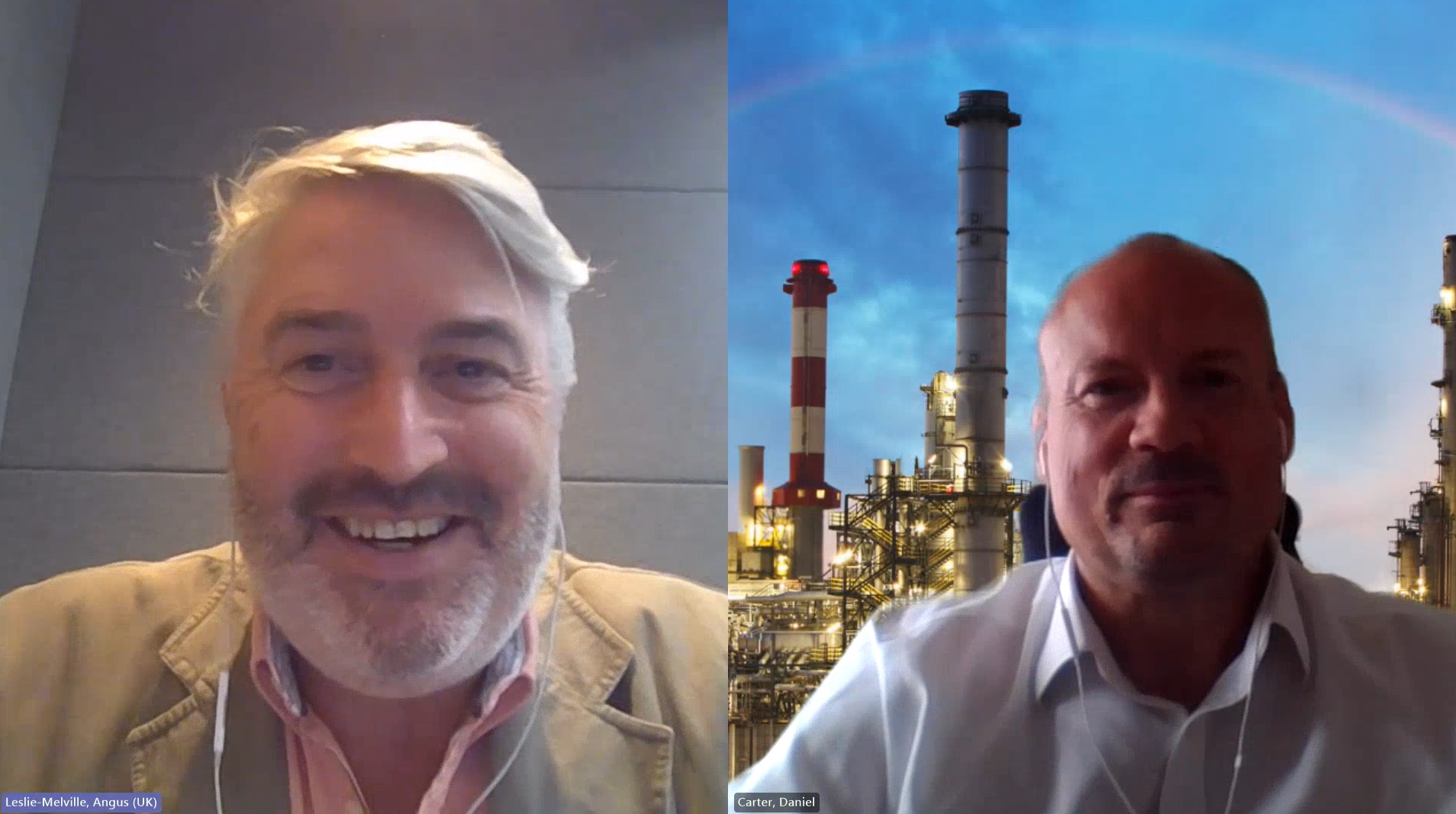Infra Dig – CCS with Dan Carter, Wood
The latest IJGlobal podcast – Infra Dig – focuses on carbon capture and storage and the role it is anticipated increasingly to play in the great international energy transition race.
Fresh off the back of publishing an energy transition report, IJGlobal content director Angus Leslie Melville sits down to talk with Dan Carter, president of decarbonisation at Wood.
A long-established expert on CCS, Dan advises clients across a range of sectors on how to reduce emissions from carbon-intensive assets, while also looking into opportunities for integration of alternative energy vectors.
You can also access this latest episode on Apple Podcasts and through Google Podcasts. It is also available across a number of other platforms.
Dan – a chemical engineer by training with a strong consulting background in techno-economic studies – brings together the full weight of the Wood, one of the world’s leading consulting and engineering companies operating across energy and materials markets in 60 countries.

“That can cover everything from carbon capture and storage through to integration of renewables, hydrogen as an alternative fuel source or even short-term improvements like increasing energy efficiency,” says Dan.
“This is an amalgamation of technologies. Take CCS, you are talking about the full value chain of capturing carbon, then transporting it and then sequestering it in a store for long-term storage.
“If we start off with the carbon capture part, carbon capture technology has actually been around for a long time. We have been removing CO2 from the natural gas that we consume for decades now – because it is treated as an impurity.
“Those carbon capture processes have 3 main forms – either through cryogenic distillation, Amine absorption and membrane separation. By far the most common of those is Amine absorption and this process is used for carbon capture, but also for removing other impurities in the oil and gas sector… for example, removing hydrogen sulphide gas as well so this is very well understood.
“As of today, there are about 40 commercial-scale carbon capture facilities operating around the globe, capturing more than 45 million tonnes of CO2 a year. However, compared to the giga-tonnes of storage we require to meet our Net Zero goals, that is just a drop in the ocean in terms of the role of that technology in those facilities.”
And that’s just scratching the surface for a very interesting and informative podcast on CCS.
Request a Demo
Interested in IJGlobal? Request a demo to discuss a trial with a member of our team. Talk to the team to explore the value of our asset and transaction databases, our market-leading news, league tables and much more.

